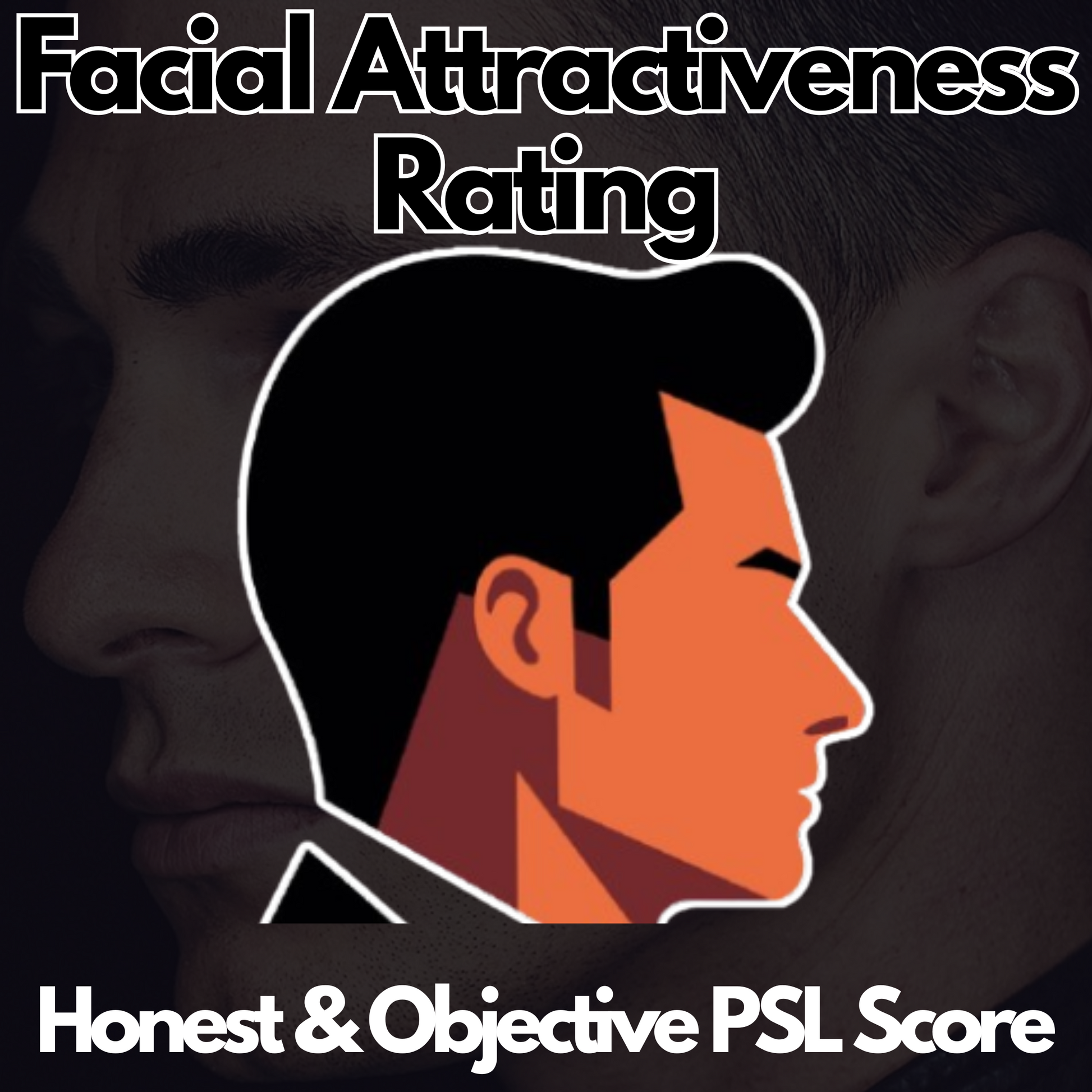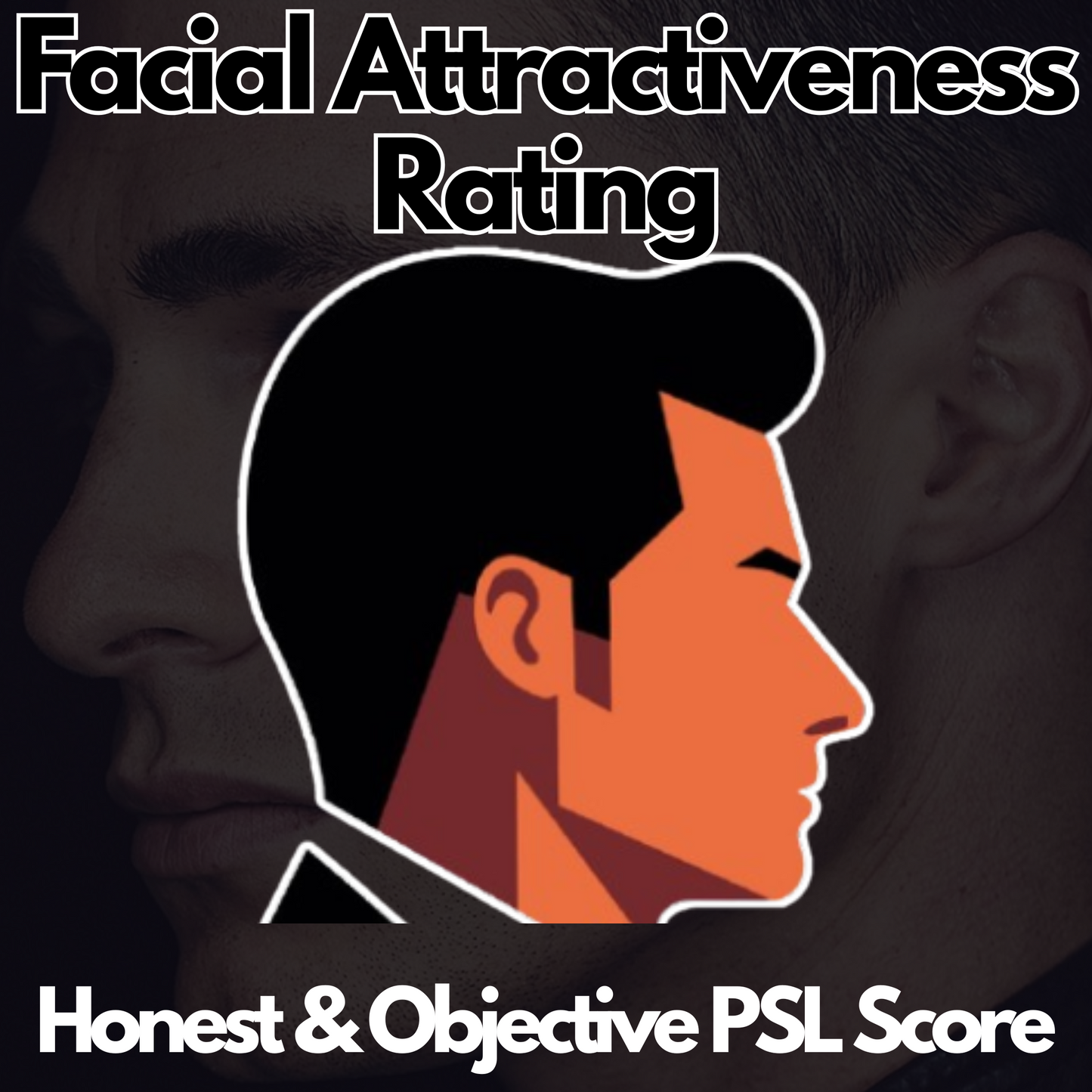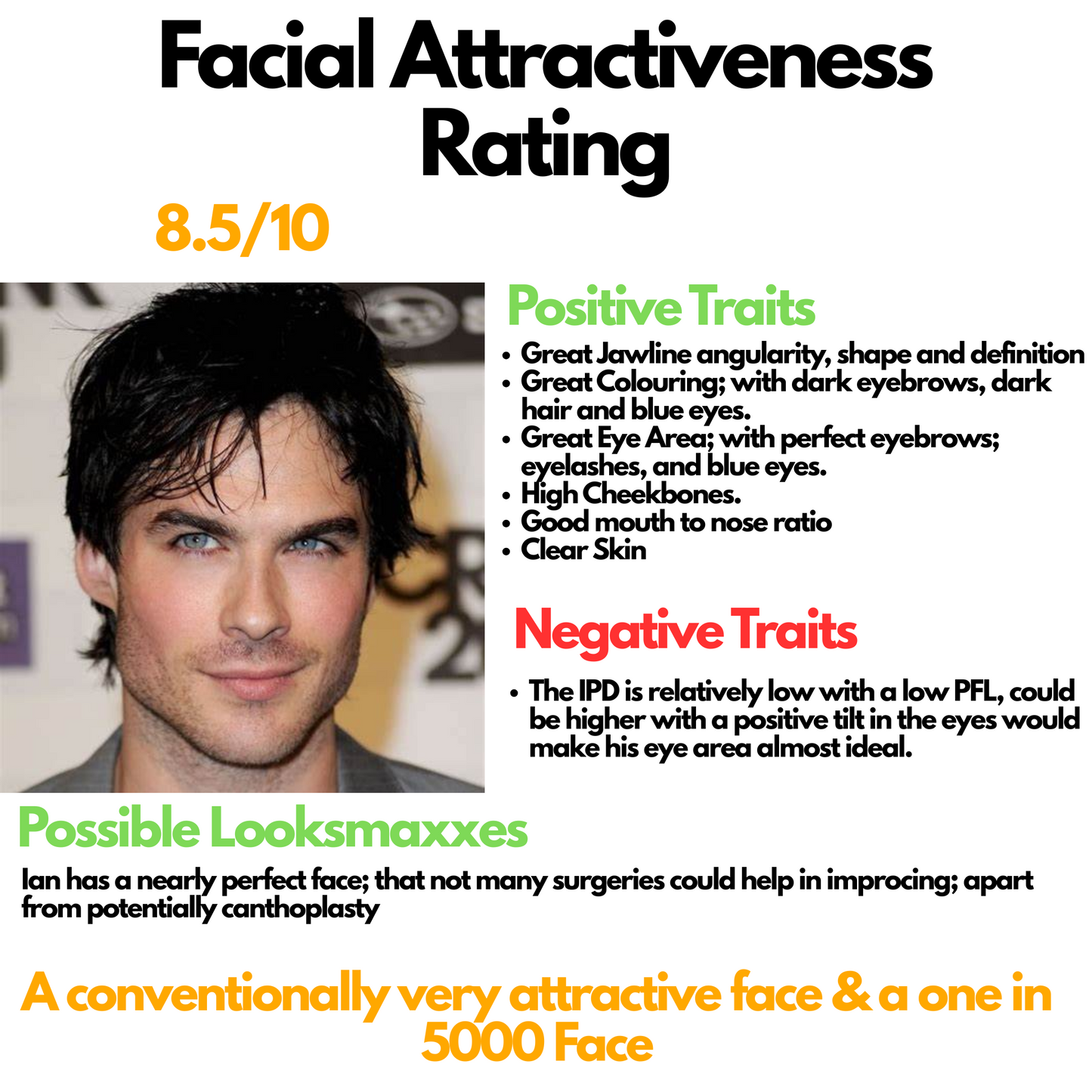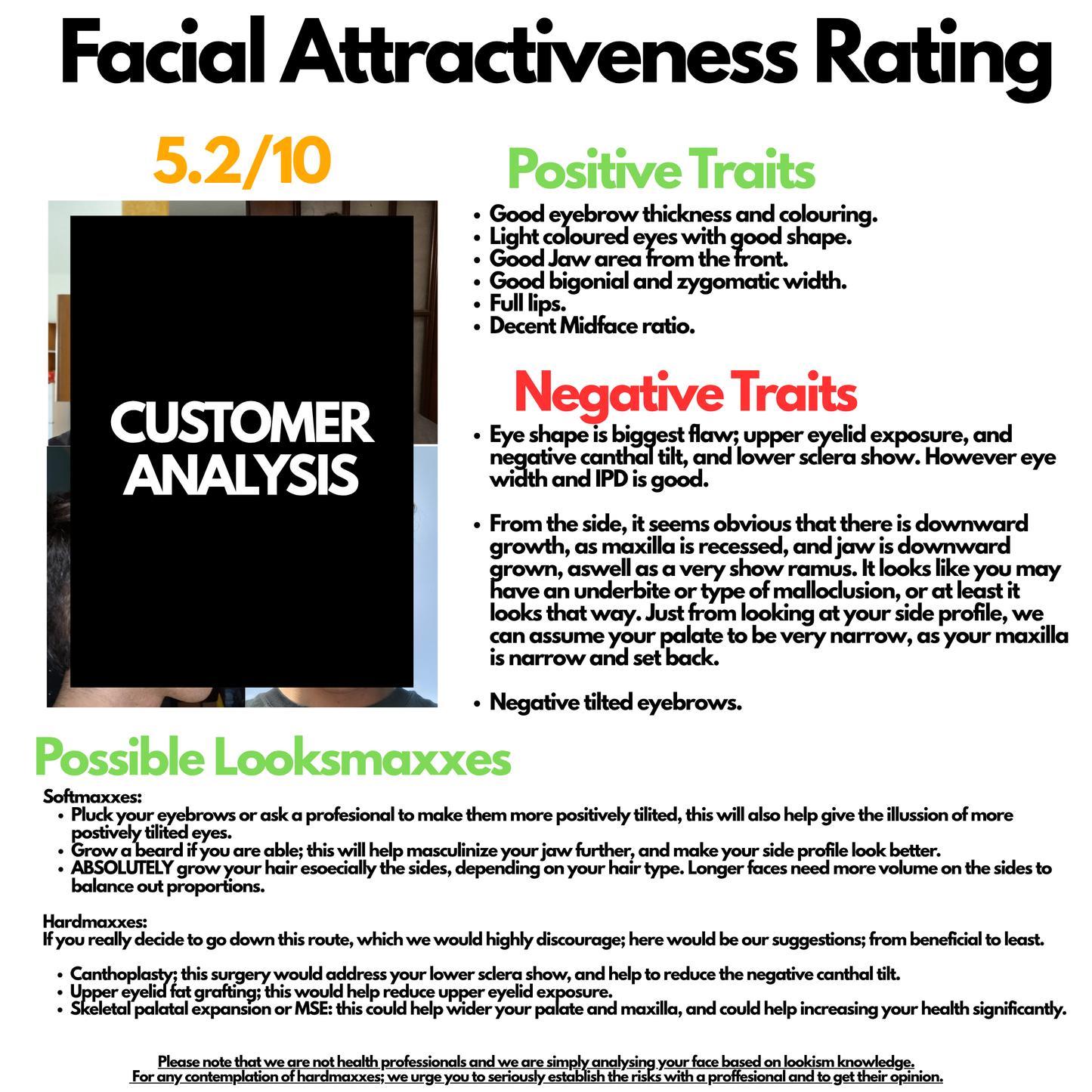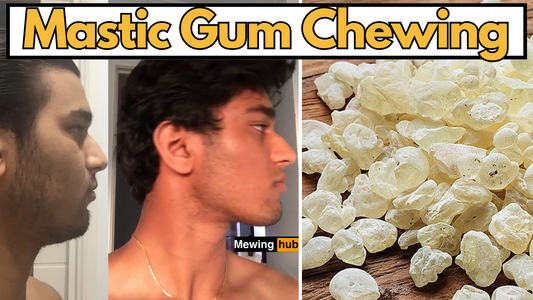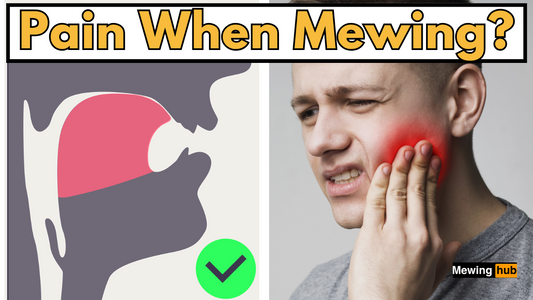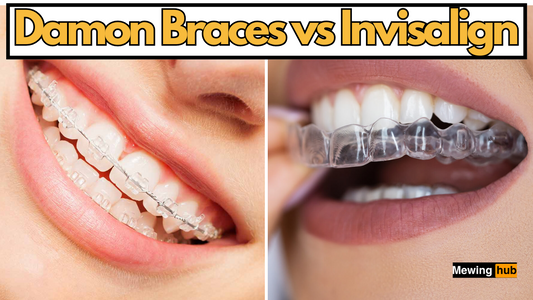Mewing and Sleep Apnea: Exploring the Connection
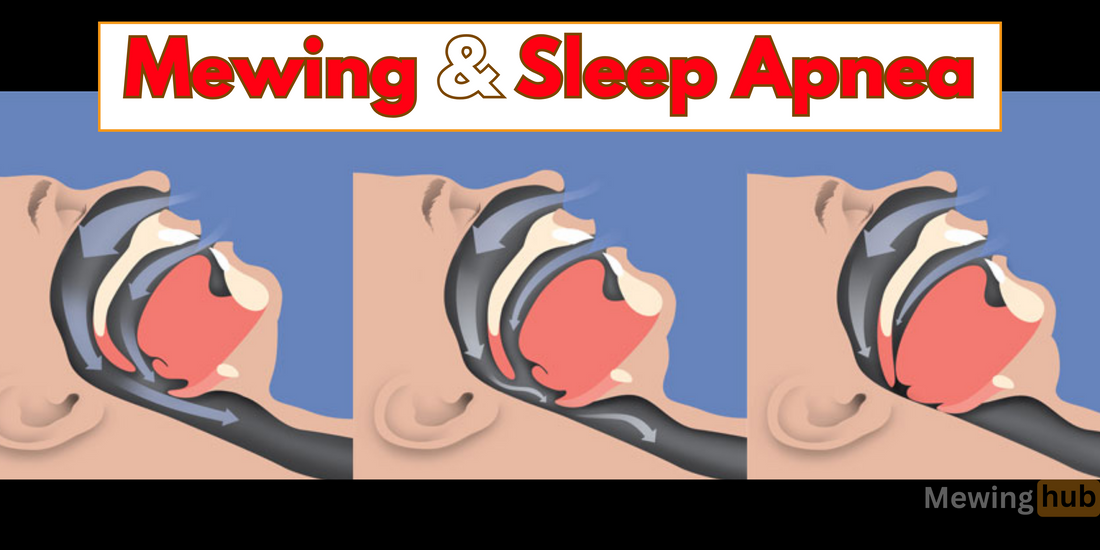
Share
Sleep apnea, a condition characterized by interrupted breathing during sleep, affects millions of people worldwide. While traditional treatments like CPAP machines and oral appliances are often recommended, there’s growing interest in non-invasive methods like mewing to address sleep apnea symptoms.
But can mewing really help with sleep apnea? Let’s explore the relationship between mewing and sleep apnea to understand its potential benefits.
What is Mewing?
Mewing is a technique that involves maintaining proper tongue posture by resting the entire tongue against the roof of the mouth while keeping your lips closed and breathing through your nose.

This practice was popularized by Dr. John Mew and his son Dr. Mike Mew as part of orthotropics, which focuses on guiding natural facial growth through proper oral posture.
While mewing is often associated with improving jawline definition and facial aesthetics, it also has potential health benefits, including improved breathing and reduced snoring—both of which are closely linked to sleep apnea.
What is Sleep Apnea?
Sleep apnea is a sleep disorder characterized by repeated interruptions in breathing during sleep. These interruptions can last from a few seconds to minutes and occur multiple times throughout the night. There are three main types of sleep apnea:
- Obstructive Sleep Apnea (OSA): Caused by a physical blockage in the airway, often due to relaxed throat muscles or the tongue falling back during sleep.
- Central Sleep Apnea: Caused by the brain failing to send proper signals to the muscles that control breathing.
- Complex Sleep Apnea Syndrome: A combination of obstructive and central sleep apnea.
Common symptoms include loud snoring, gasping for air during sleep, daytime fatigue, and poor concentration.
How Does Mewing Help with Sleep Apnea?
Mewing may help alleviate sleep apnea symptoms by addressing one of its root causes: improper tongue posture and mouth breathing.

Here’s how mewing can make a difference:
1. Promotes Nasal Breathing
One of the key principles of mewing is breathing through the nose rather than the mouth. Nasal breathing helps keep the airways open and reduces the likelihood of airway obstruction caused by the tongue or soft palate collapsing during sleep.
2. Prevents Tongue Obstruction
By resting your tongue against the roof of your mouth, mewing prevents it from falling back into the throat—a common cause of airway blockages in obstructive sleep apnea (OSA). This positioning ensures that your upper airway remains open during sleep, allowing for smoother airflow.
3. Supports Upper Airway Expansion
Mewing applies gentle pressure to the palate, which may encourage slight expansion of the upper jaw over time. This expansion can create more space in the oral cavity, reducing crowding and improving airflow through the upper airway.
4. Improves Muscle Tone
Mewing engages muscles in the tongue, jaw, and neck, strengthening them over time. Improved muscle tone can help prevent airway collapse during sleep, reducing snoring and other symptoms associated with sleep apnea.
5. Encourages Better Jaw Alignment
Proper tongue posture promotes forward growth of the maxilla (upper jaw), which can improve overall jaw alignment and reduce issues like a recessed chin or narrow airway—factors that contribute to sleep apnea.
Evidence Supporting Mewing for Sleep Apnea
While anecdotal reports suggest that mewing can help with sleep apnea symptoms, scientific research on this specific connection is limited. However, studies on related techniques like myofunctional therapy provide some insight:
- A study published in The European Journal of Orthodontics found that tongue-repositioning exercises helped reduce snoring in individuals with mild to moderate obstructive sleep apnea (OSA).
- Another study in The American Journal of Orthodontics and Dentofacial Orthopedics highlighted how proper tongue posture could improve craniofacial development and airway function over time.
These findings suggest that practices like mewing may have potential benefits for managing mild cases of OSA or snoring.
How to Practice Mewing for Sleep Apnea
If you’re considering mewing as a complementary approach to managing sleep apnea, follow these steps:
- Master Proper Tongue Posture: Rest your entire tongue against the roof of your mouth without touching your front teeth. Ensure even pressure across the palate.
- Focus on Nasal Breathing: Keep your lips closed and breathe through your nose at all times.
- Practice Consistently: Incorporate mewing into your daily routine until it becomes second nature.
-
Address Nighttime Posture: Use tools like mouth tape to encourage nasal breathing while sleeping.
Additional Tips for Managing Sleep Apnea Naturally
While mewing may help reduce symptoms of mild sleep apnea, it’s important to combine it with other evidence-based strategies:
- Maintain a Healthy Weight: Excess weight around the neck can contribute to airway obstruction.
- Sleep on Your Side: Sleeping on your back increases the risk of airway collapse; side sleeping helps keep airways open.
- Avoid Alcohol Before Bedtime: Alcohol relaxes throat muscles, increasing the likelihood of obstruction.
- Consider Myofunctional Therapy: Like mewing, this therapy involves exercises targeting facial and oral muscles to improve airway function.
When to Seek Professional Help
If you suspect you have moderate to severe sleep apnea or if symptoms persist despite practicing mewing, consult a healthcare professional for diagnosis and treatment options such as CPAP therapy or oral appliances.
Conclusion: Can Mewing Help with Sleep Apnea?
While scientific evidence directly linking mewing to improved sleep apnea outcomes is limited, its focus on proper tongue posture and nasal breathing suggests potential benefits for managing mild cases or reducing snoring—a common symptom associated with obstructive sleep apnea.
If you’re interested in trying mewing for sleep apnea, remember that consistency is key, but it should not replace professional medical advice or treatment for severe cases.
By incorporating mewing into your routine alongside other proven strategies like weight management and side sleeping, you may find relief from some symptoms while promoting better overall oral posture and respiratory health.


